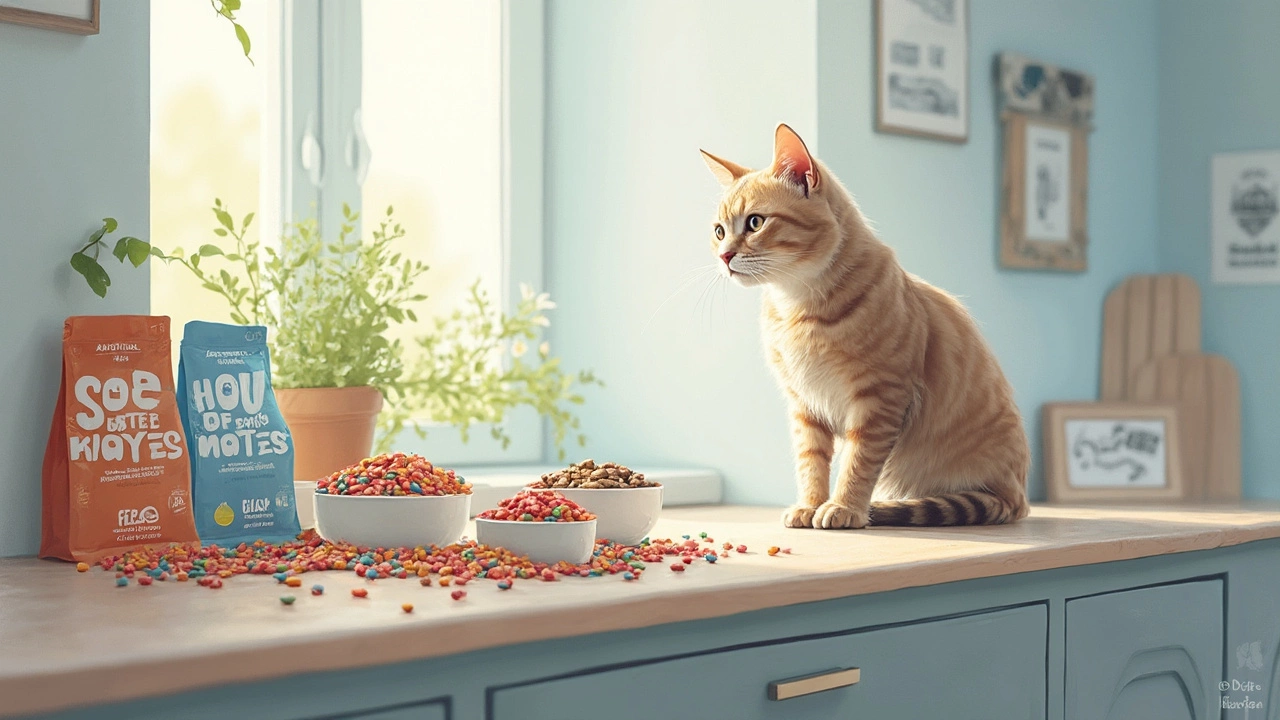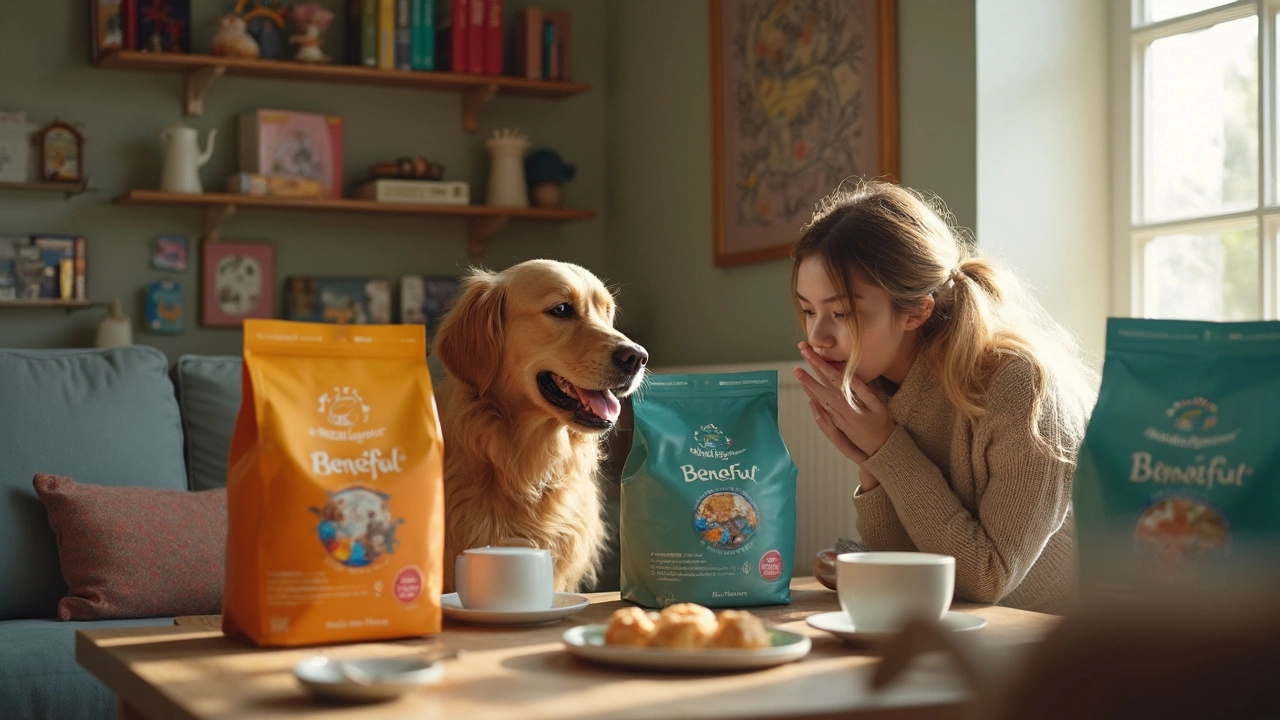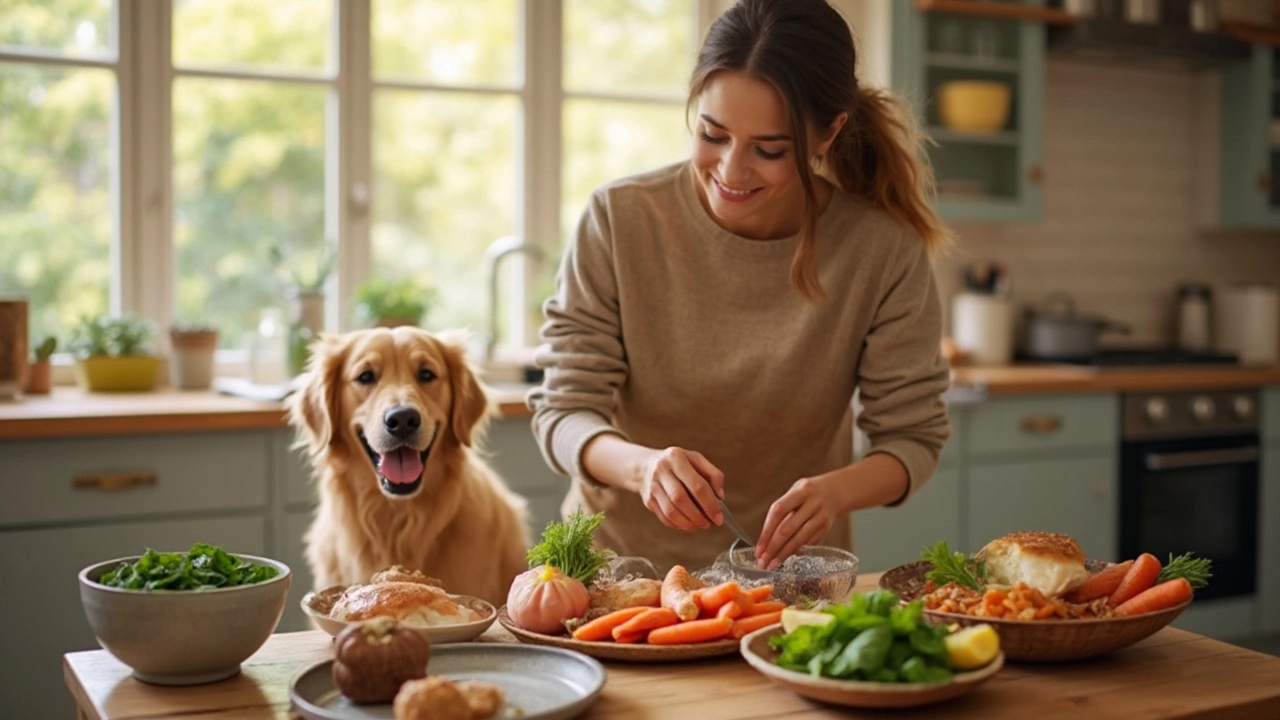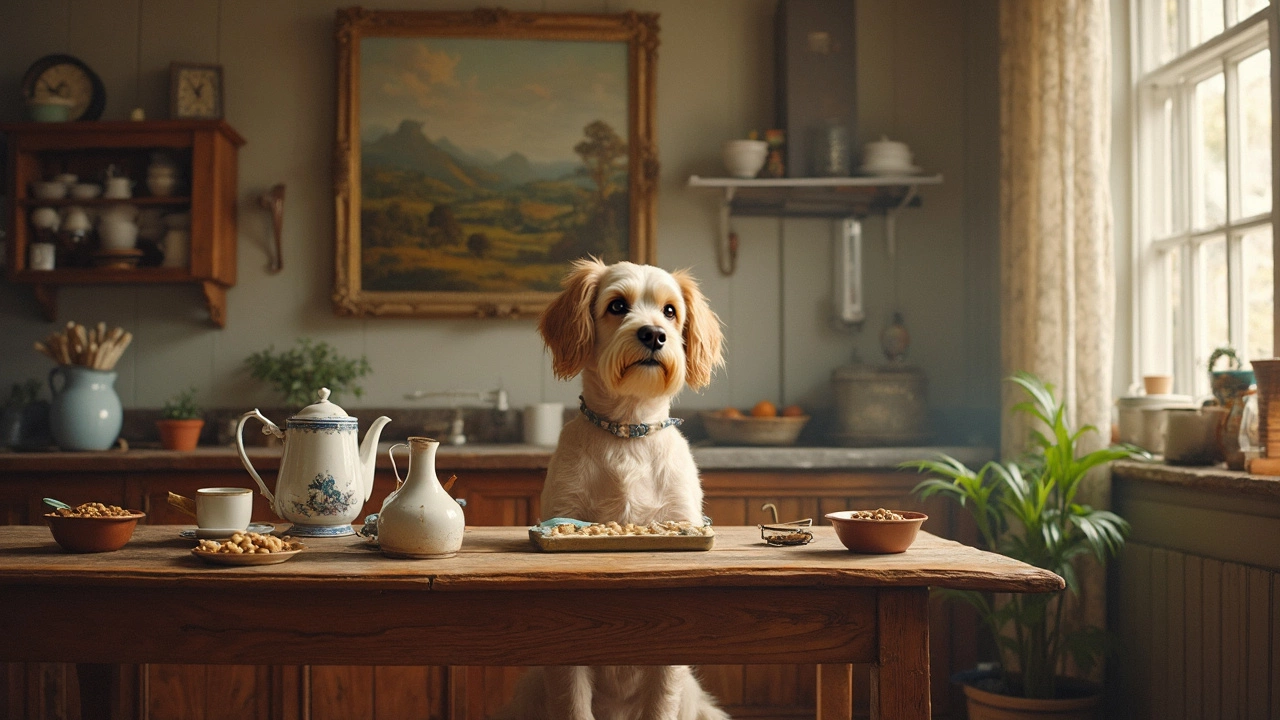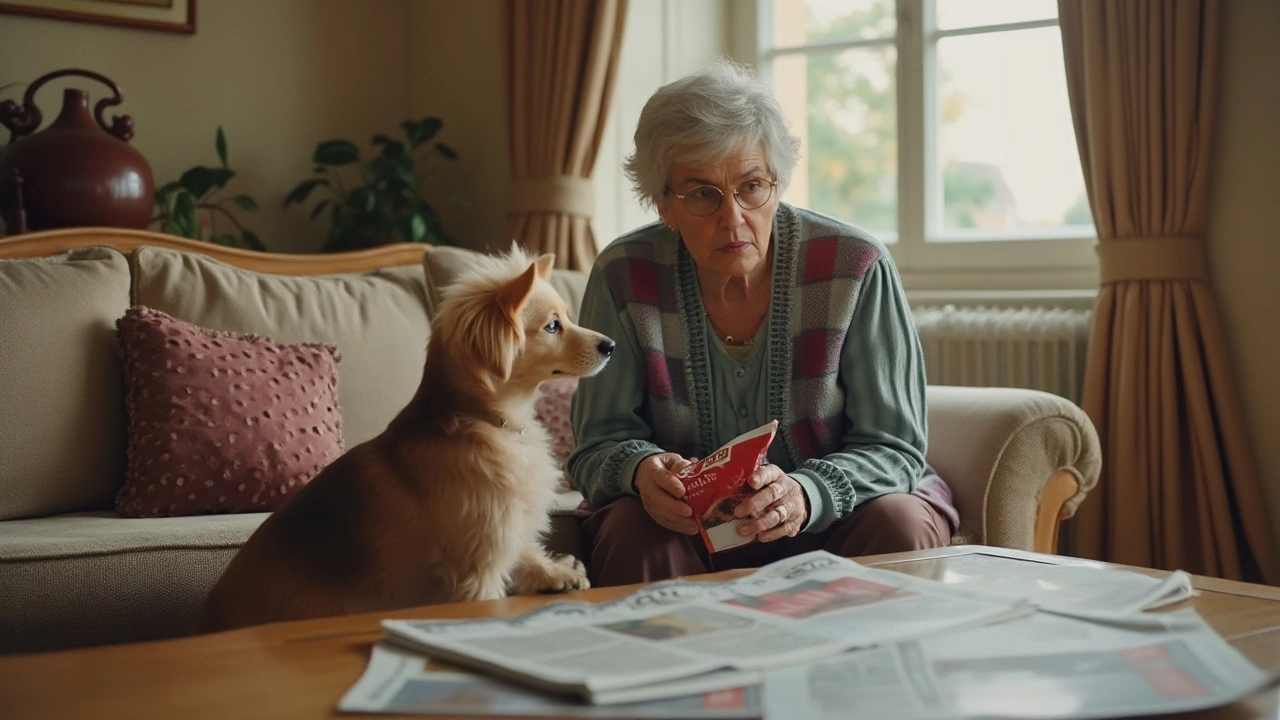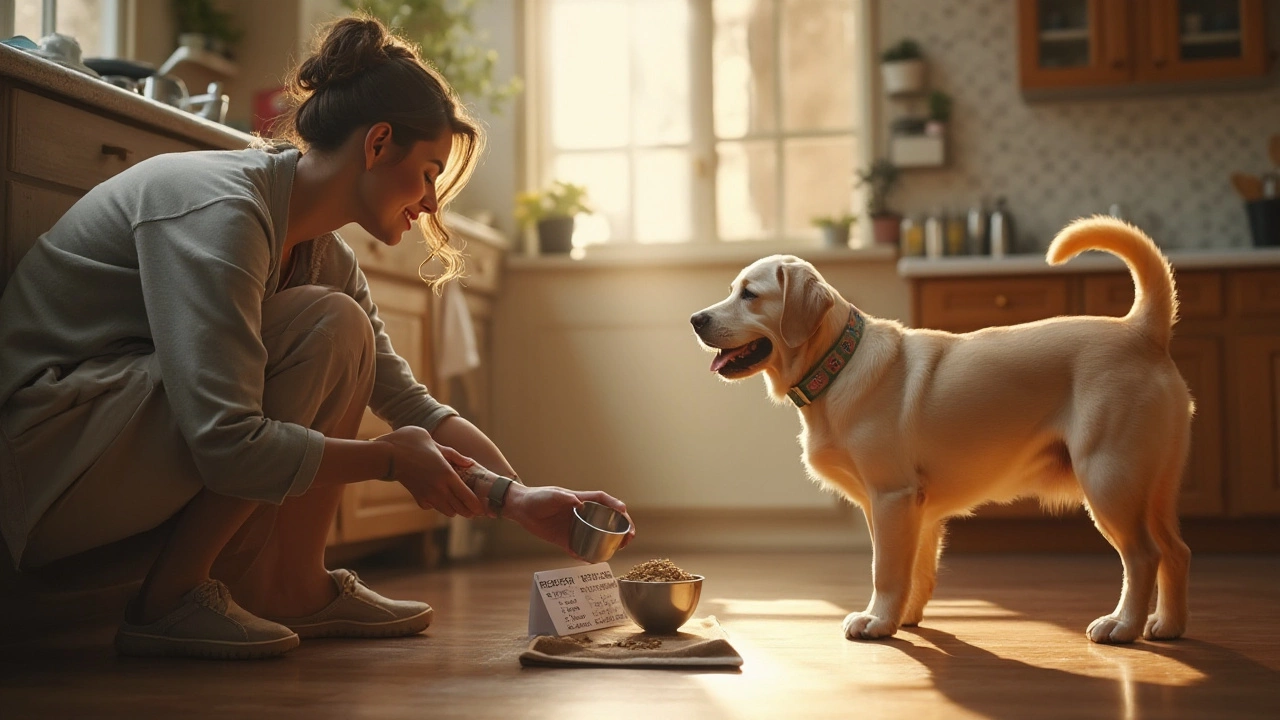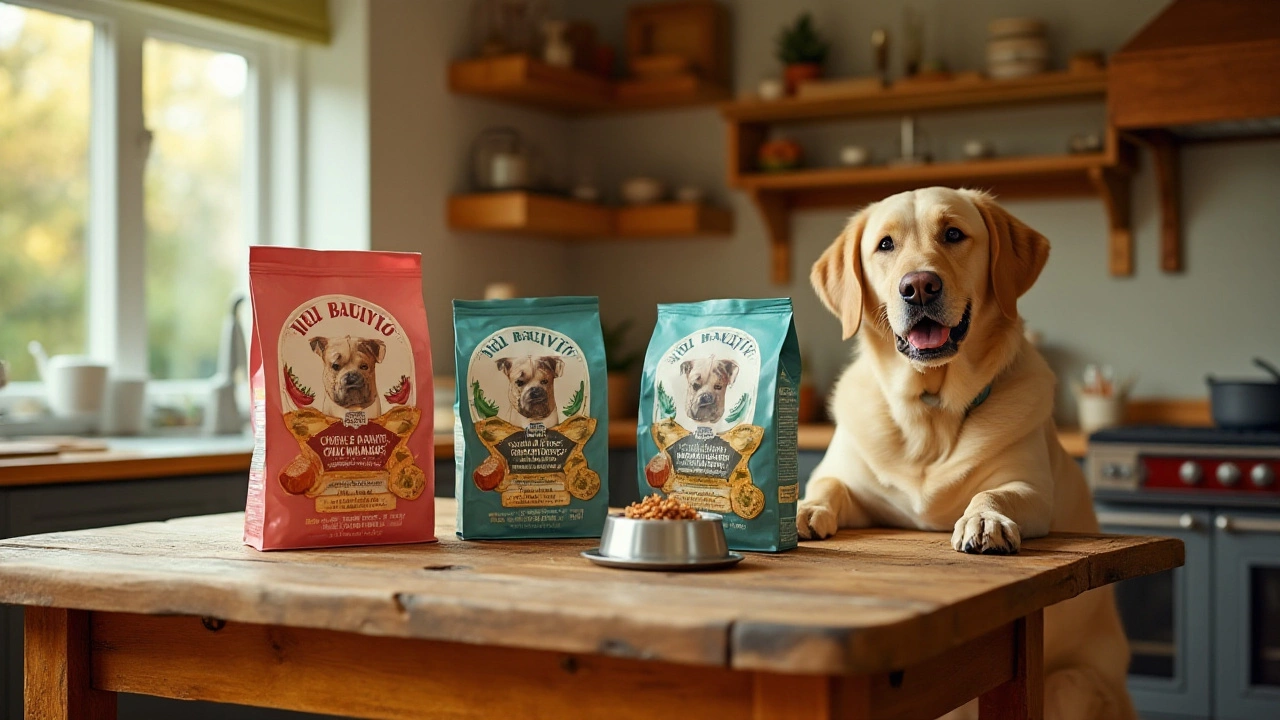Pet Nutrition Made Easy: What Every Dog and Cat Owner Should Know
Feeding your pet the right food feels like a big responsibility, but it doesn’t have to be confusing. In this guide we break down the basics so you can choose, read, and serve meals that keep your dog or cat thriving.
Choosing the Right Food for Dogs
Start by looking at the life stage on the bag – puppy, adult, or senior. Puppies need more calories and protein for growth, while seniors benefit from joint‑supporting nutrients. Next, check the protein source. Real meat (chicken, beef, lamb) should be listed near the top of the ingredients.
Don’t get tricked by fancy buzzwords. Words like "grain‑free" or "all‑natural" sound healthy, but they don’t guarantee quality. Focus on the guaranteed analysis: protein, fat, fiber, and moisture levels. A balanced adult dog diet typically has 18‑30% protein and 8‑15% fat.
Portion sizes matter too. Use the feeding chart on the package as a starting point, then adjust based on your dog’s activity level and body condition. You should be able to feel your dog’s ribs without pressing hard – that’s a good sign you’re feeding the right amount.
Feeding Cats the Best Way
Cats are obligate carnivores, meaning they need animal protein to stay healthy. Look for a statement like "real chicken" or "real fish" as the first ingredient. Avoid foods that list "meat by‑product" or "animal digest" as the top item.
Wet food isn’t just a treat – it provides essential moisture that many indoor cats skip. Aim for at least one canned meal a day, especially if your cat drinks little water. Pair wet with a high‑quality dry kibble for dental benefits.
Watch the taurine level. This amino acid is vital for heart and eye health, and low‑taurine diets can cause serious problems. Most reputable cat foods list taurine in the guaranteed analysis; if not, choose a brand that highlights it.
With both dogs and cats, consider any special needs. Food sensitivities, weight issues, or health conditions often require a prescription or limited‑ingredient diet. Talk to your vet if you notice skin problems, digestive upset, or sudden weight change.
Finally, keep food fresh. Store kibble in a sealed container, and use canned food within a day after opening. Freshness preserves flavor and prevents bacterial growth, which can upset your pet’s stomach.
By focusing on life stage, real protein sources, proper portions, and freshness, you’ll give your pet a solid nutritional foundation. Remember, you know your pet best – adjust the diet slowly and watch how they respond.
Got a specific question about a brand or a feeding challenge? Drop a comment below or reach out to a vet. Good nutrition is the easiest way to keep your furry friend happy and healthy for years to come.
Dry Cat Food: What Ingredients Are Bad for Cats?
Dry cat food may seem convenient, but it usually hides ingredients that aren't great for your cat's health. This article breaks down common additives and fillers you’ll find in dry kibble that can cause problems, from artificial flavors to unhealthy carbs. Get the facts on how these ingredients can impact your cat’s weight, digestion, and overall wellness. Learn to spot sneaky labels, and discover ways to pick better options for your furry friend. Find practical tips for choosing safer, healthier cat food without the guesswork.
Is Beneful Ok for Dogs? What Every Dog Owner Should Know
Wondering if Beneful is a good choice for your dog? This article cuts through the confusion around the popular dog food brand, giving you the facts on ingredients, health concerns, and what real pet owners have seen. You’ll get practical tips on choosing the right food for your pup and find out what veterinarians say about Beneful. By the end, you'll know if Beneful matches up with what your dog needs to be happy and healthy.
What Dog Food Do Vets Not Recommend?
Choosing the right food for your pup can be overwhelming, but vets have some clear advice on what to avoid. Some ingredients in popular dog foods may not be the healthiest, leading pet parents to make uninformed choices. In this article, we delve into what vets often suggest skipping and provide practical tips for dog owners. Learn about the common pitfalls and helpful tricks to ensure your furry friend eats only the best.
Friskies vs. Meow Mix: The Ultimate Showdown in Cat Cuisine
Choosing between Friskies and Meow Mix can be tricky, with both brands offering a range of flavors and formulations for your furry friend. This article breaks down the differences in quality, ingredients, and customer satisfaction, helping cat owners like you make a well-informed decision. We’ll also touch on special dietary needs and how these brands measure up. Explore practical tips for picking the right food to keep your cat happy and healthy.
Best Time to Feed Your Dog: Morning or Evening?
Figuring out the best time to feed your dog can feel like a guessing game. Whether it's breakfast or dinner, your choice might impact not only their happiness but also their health. This article explores the pros and cons of morning versus evening feeding, providing insights and tips to help make the best decision for your furry friend.
Is Purina Planning to Phase Out Purina One Dog Food?
Pet owners are concerned about the future of Purina One, a popular dog food choice for many. Rumors are circulating about whether the manufacturer, Purina, intends to discontinue this specific line. This article delves into these claims, exploring what could happen to Purina One and what it means for dog owners. It also provides insights into Purina's strategy and alternative options for pet nutrition.
Optimal Feeding Schedule: How Often Should Your Dog Eat?
Deciding how frequently your dog should eat is key to maintaining their overall health and wellness. From puppies to senior dogs, each stage of life requires a different feeding approach. This article discusses recommended meal frequencies, factors to consider when creating a feeding plan, and tips for ensuring your pet's nutritional needs are met. By the end, you'll have a clear understanding of how to keep your dog healthy and satisfied.
Top 4 Dog Food Brands Pet Owners Swear By
Choosing the right dog food is crucial for your pet's health and happiness. In the world of pet nutrition, four standout brands have captured the loyalty of dog owners worldwide, offering a blend of quality, balanced ingredients, and a variety of options for canine diets. This article explores these top brands, why they are favored, and provides tips on selecting the best option for your furry friend. Let's take a closer look at each one and uncover helpful insights for ensuring your dog's dietary needs are met.
